The Philippines is a country blessed with an abundance of natural wonders, from breath-taking landscapes & pristine beaches to coral reefs, it is home to a diverse range of flora and fauna, some of which are found nowhere else on Earth. Whether you’re an adventure seeker, a nature lover, or just someone looking for a relaxing escape for your holiday, the country has something to offer. Exploring the natural wonders of the Philippines allows you to love the country more and even take another trip to come back for your future holidays.
1. Banaue Rice Terraces – Ifugao

It is a majestic and awe-inspiring agricultural landscape built by the Ifugao people more than 2,000 years ago using only their bare hands and simple tools. Today, it is considered a marvel of ancient engineering.
The terraces stretch for over 10,000 square kilometers and are made up of multiple layers of rice paddies that are irrigated by a complex system of canals and streams. The terraces rise to an elevation of more than 1,500 meters above sea level, and some of them are as high as 2,000 meters. The terraces are so vast and intricate that they are often referred to as the “Eighth Wonder of the World.”
The Banaue Rice Terraces are not only an incredible feat of engineering, but they are also a living testament to the cultural heritage of the Ifugao people. The Ifugao people have maintained the terraces for generations, using traditional farming methods and rituals to ensure a bountiful harvest. The terraces are not just a source of food for the Ifugao people but also hold a significant part of their cultural identity and beliefs.
One of the natural wonders of the Philippines that gained UNESCO’s recognition in 1995 is – UNESCO World Heritage Site, recognizing their cultural and historical significance. The terraces are a popular tourist attraction, with visitors coming from all over the world to admire its beauty and learn about the traditional practices of the Ifugao people.
2. Chocolate Hills – Bohol
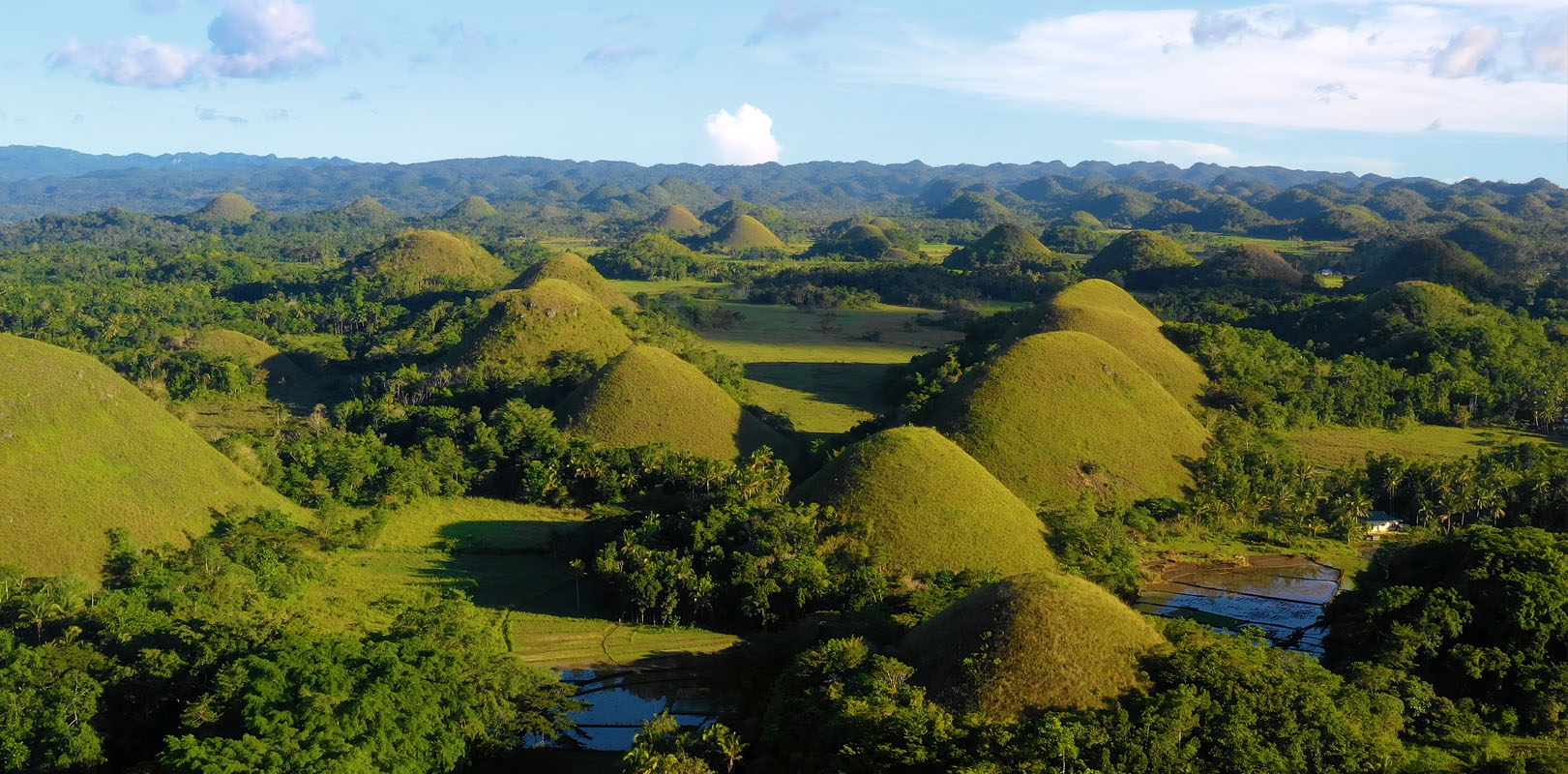
This is one of the natural wonders of the Philippines with a unique geological formation. The hills are made up of more than 1,200 conical limestone mounds, ranging in height from 30 to 50 meters. During the dry season, the hills turn brown similar to brown chocolates, hence the name – Chocolate Hills. The hills cover an area of around 50 square kilometers and are a popular and most visited tourist attraction in the Philippines.
Aside from its unique geological formation, Chocolate Hill is also surrounded by a lush green landscape, making it a popular spot for nature lovers and photographers. Visitors can climb to the top of the hills for a panoramic view of the countryside. There is also a viewing deck located in the town of Carmen, which offers a great vantage point to see the lovely Chocolate Hills from afar.
3. Hinatuan Enchanted River – Surigao del Sur
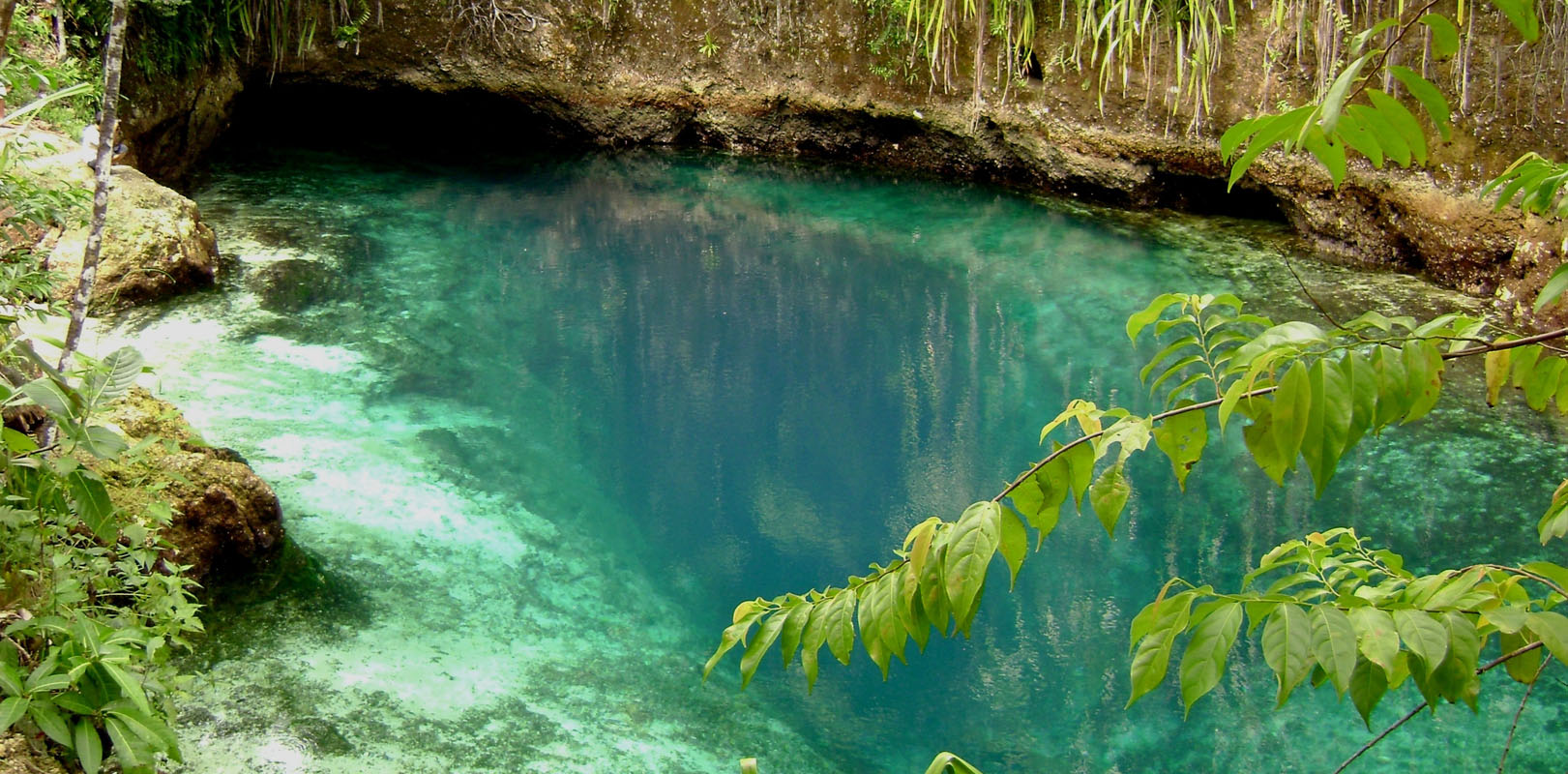
The river is a popular tourist destination due to its unique characteristics and captivating beauty. It is called “enchanted” by the locals because of the belief that the river is under the protection of mythical creatures and spirits.
The Hinatuan Enchanted River is a deep, blue river that flows into the Philippine Sea. The water of the river is crystal clear, and its blue hue is believed to be a result of the river’s depth and the minerals present in the water. The water is so clear that visitors can see the riverbed, fish, and other marine creatures swimming in the river. Visiting Hinatuan Enchanted River is a one-of-a-kind experience that showcases the Philippines’ natural beauty and cultural beliefs. The river’s enchanting beauty and unique characteristics make it a must-see destination for anyone traveling to the Philippines.
4. Mayon Volcano – Albay
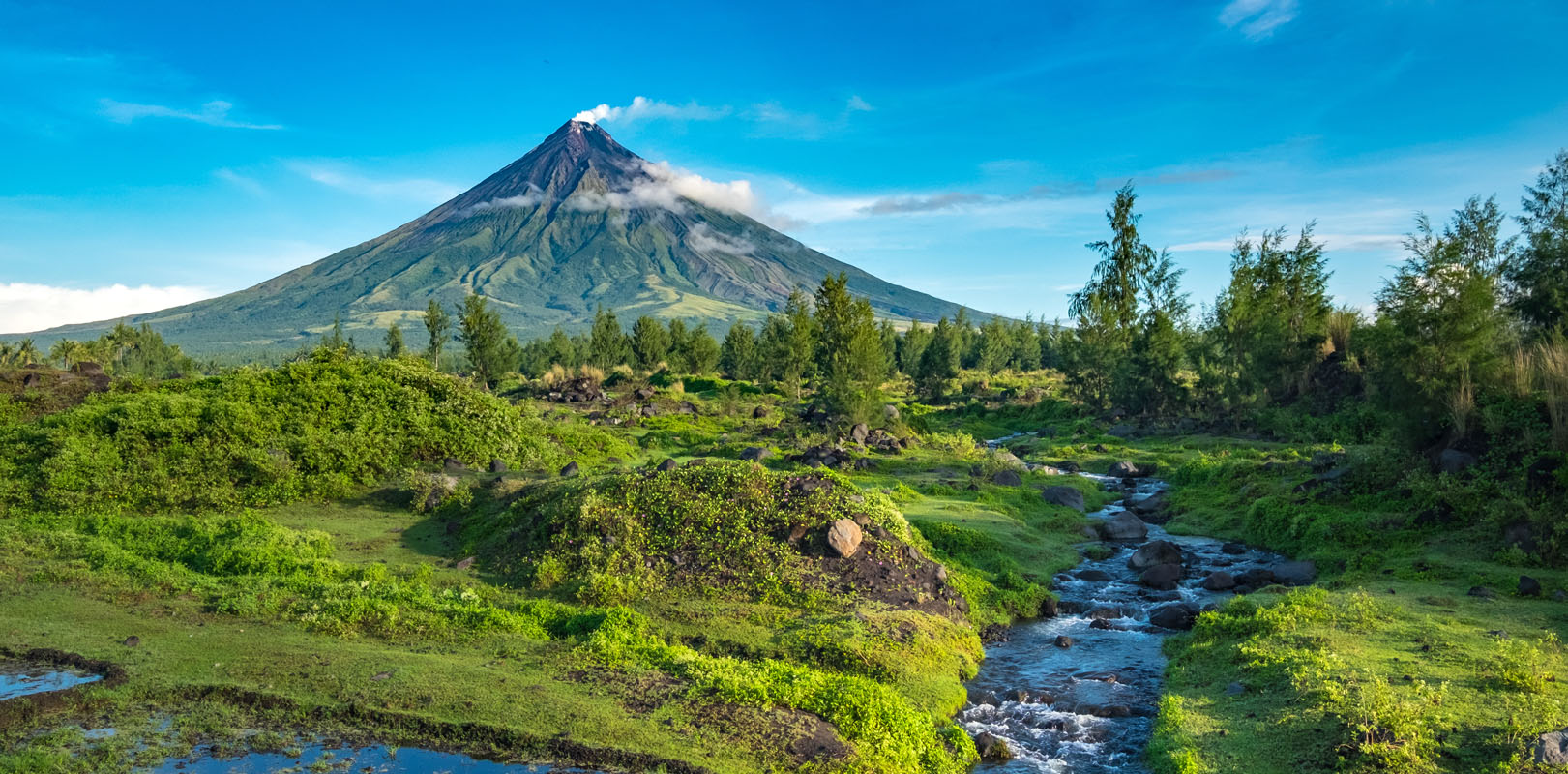
Is one of the most iconic natural wonders of the Philippines. It is considered the most active volcano in the country and has erupted more than 50 times since its first recorded eruption in 1616. The volcano is renowned for its perfect cone shape.
Mayon Volcano indeed is a beautiful sight to behold. The locals regard the Mayon Volcano as a source of pride and a symbol of their heritage.
Visitors to Albay can enjoy various activities around the Mayon Volcano, such as hiking, camping, and sightseeing. There are also several viewing decks around the volcano where tourists can get a close-up view of the majestic cone-shaped mountain.
5. Mount Apo – Mindanao
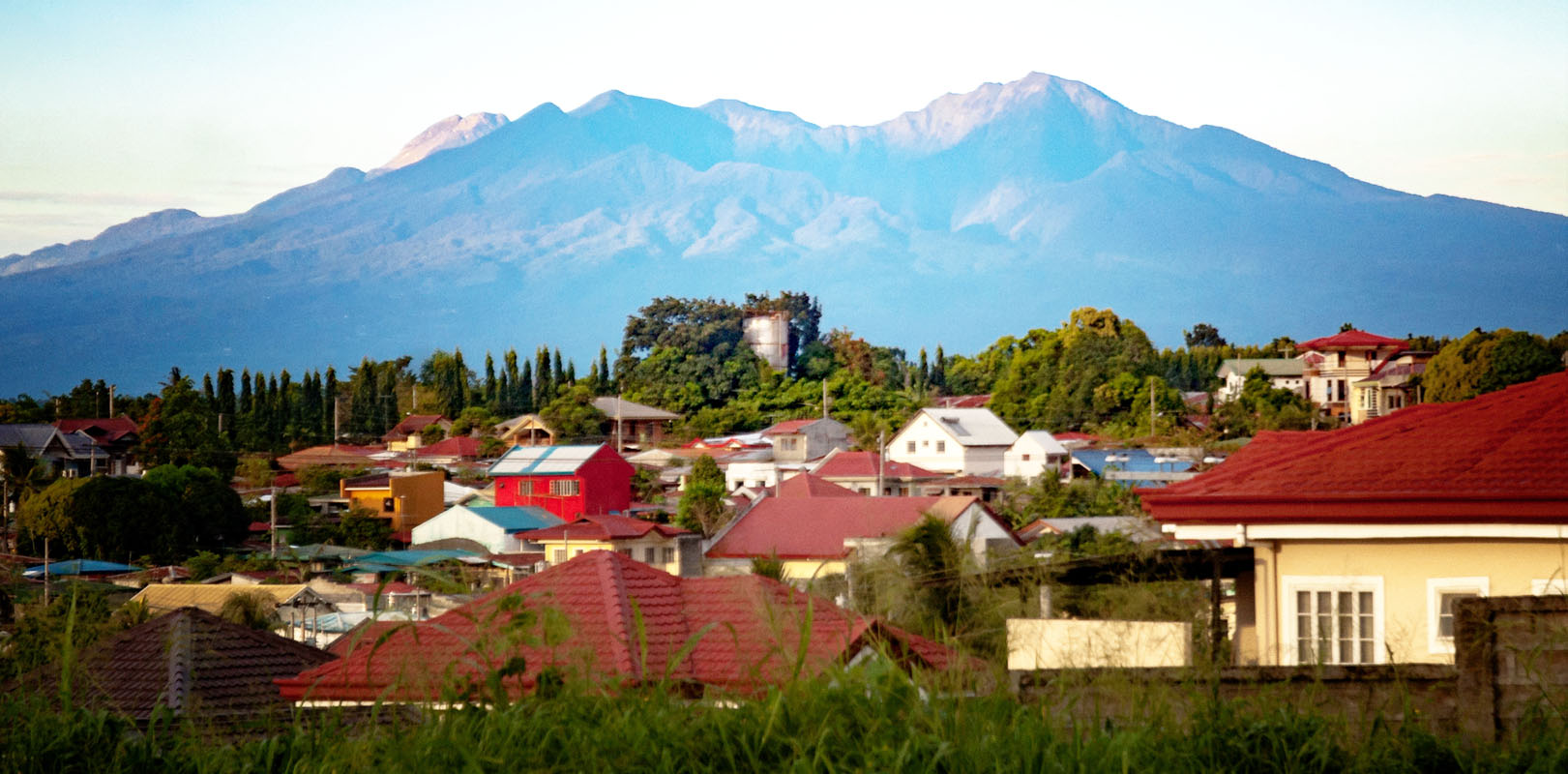
One of the natural wonders of the Philippines is a majestic peak located on the southern Philippine Island of Mindanao, and is the highest mountain in the country. With an elevation of 2,954 meters above sea level, it is a popular destination for adventurer seekers and hikers, both local and foreign.
Mount Apo is a dormant volcano and is considered to be the centerpiece of the Mount Apo National Park. It is home to a wide range of flora and fauna, including rare and endemic species such as the Philippine eagle, the world’s largest eagle.
For mountain climbers, climbing Mount Apo is a challenging yet rewarding experience. The mountain’s peak offers stunning panoramic views of the surrounding landscape, with lush forests, rivers, and valleys stretching as far as the eye can see.
Mount Apo National Park is also ideal for outdoor activities such as camping, birdwatching, and nature photography. The park also features hot springs, waterfalls, and other natural wonders that visitors can explore.
Mount Apo is not only the highest mountain in the country but also a natural wonder in the Philippines that boasts a rich biodiversity and a stunning landscape. Climbing the mountain is a bucket-list experience for many adventurers, while the surrounding national park offers endless opportunities for nature exploration and relaxation.
6. Puerto Princesa Subterranean River National Park
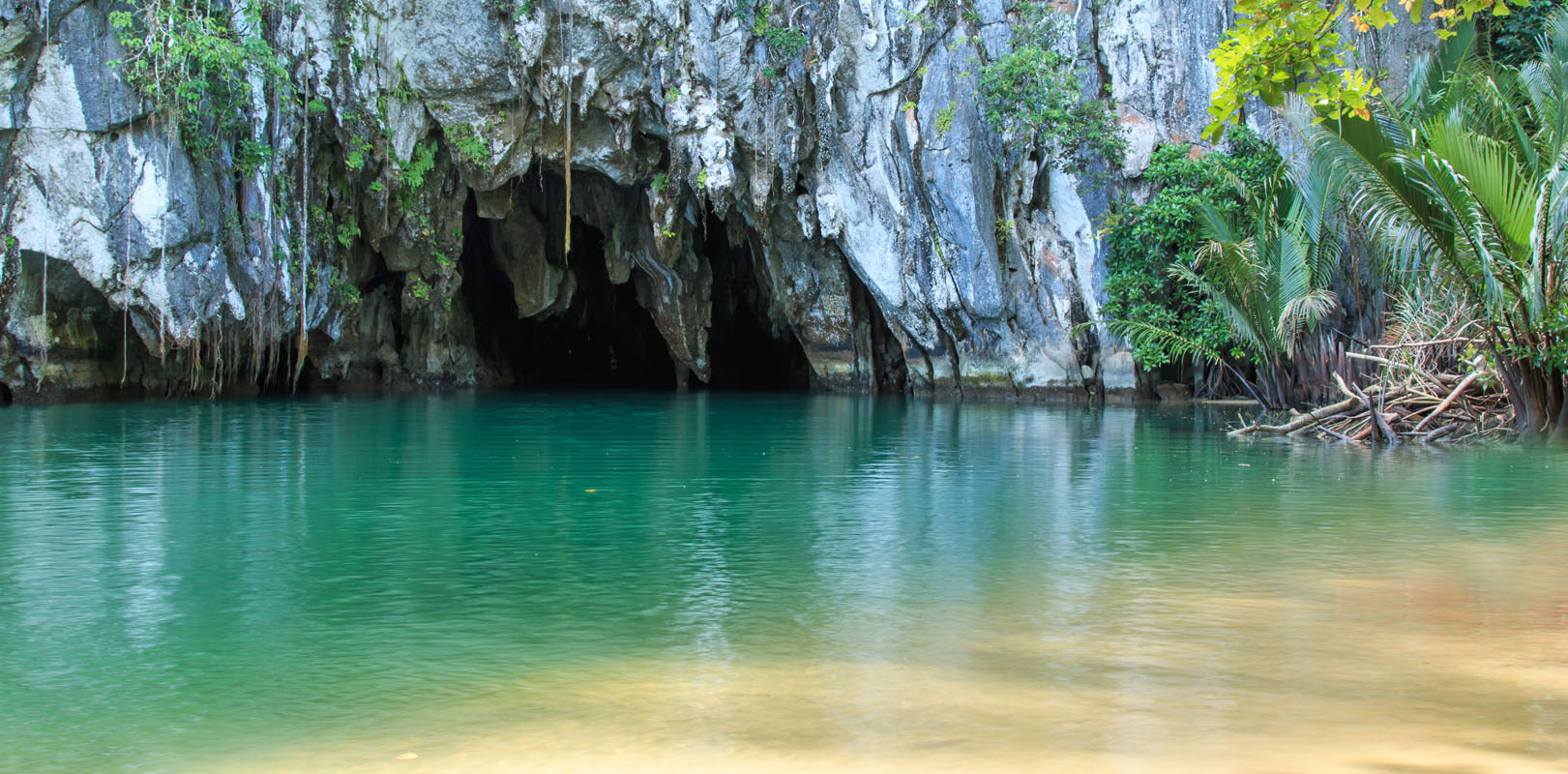
The Puerto Princesa Subterranean River National Park is a UNESCO World Heritage Site located on the island of Palawan. It is one of the most popular and well-known natural wonders in the Philippines, famous for its spectacular underground river system. You can find the underground river, which is one of the longest navigable underground rivers in the world.
The park’s size is more than 22,000 hectares and is home to a diverse range of flora and fauna, including several endemic species that are found nowhere else in the world. It is also considered one of the most important biodiversity conservation areas in the country, with over 800 plant species and 30 mammal species living in the park.
The highlight of the Puerto Princesa Subterranean River National Park is undoubtedly the underground river, which is over 8 kilometers long and flows through a series of limestone caves and chambers. Tourists visiting here can take a guided boat tour of the river, which winds through the dark, eerie chambers while an experienced guide shares information about the geological formations and wildlife. The tour takes around 45 minutes to one hour, and visitors are treated to a breathtaking sight of the illuminated cave and the eerie limestone formations that look like giant cathedrals.
7. Tubbataha Reef – Sulu Sea
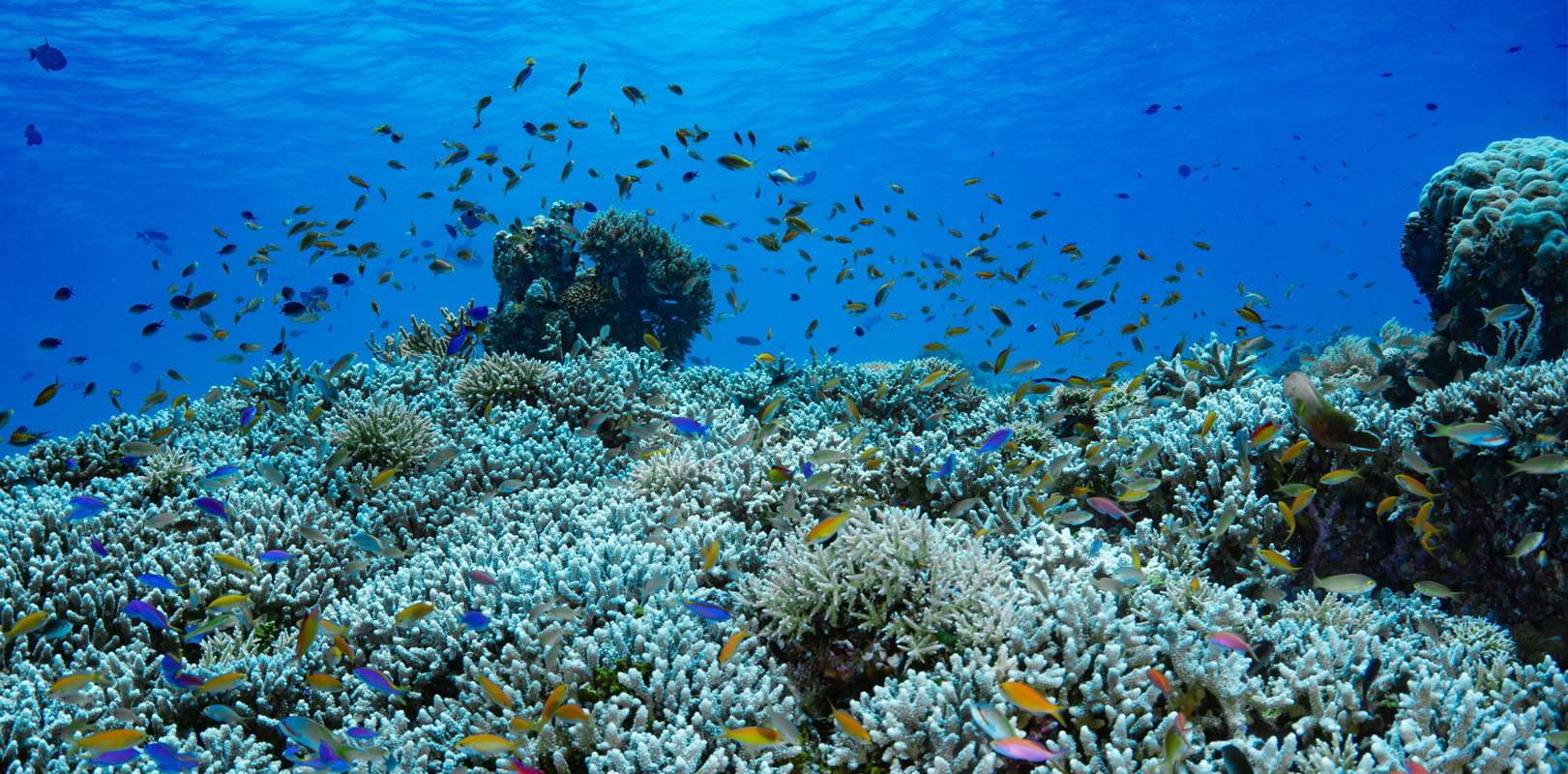
It is a protected marine area located in the Sulu Sea, off the coast of the island of Palawan in the Philippines. The reef is considered one of the most biodiverse areas in the world, with a vast array of marine life and stunning coral formations.
The Tubbataha Reef covers an area of over 130,000 hectares and consists of two coral atolls, the North and South Atolls, which are separated by a deep channel. The reef is home to over 600 species of fish, including rare and endemic species such as the Napoleon wrasse and the humphead wrasse. It also boasts over 360 species of coral, making it one of the most diverse coral reef ecosystems in the world.
The Tubbataha Reef is a popular destination for scuba divers and snorkelers, who come to explore the vibrant underwater world and observe the diverse marine life. The reef is home to several dive sites, each with its own unique features and attractions. Divers can explore the colourful coral gardens, swim alongside schools of fish, and spot sea turtles, sharks, and other marine creatures.
Tubbataha Reef is also a significant breeding ground for birds, such as the black-naped tern, the red-footed booby, and the frigate bird. The reef also serves as a sanctuary for several endangered species, such as the hawksbill sea turtle and the dugong.
The Tubbataha Reef was declared a UNESCO World Heritage Site in 1993, and efforts have been made to protect and preserve this unique natural wonder. The reef is strictly regulated, and visitors are required to follow specific guidelines to ensure the preservation of the reef and its ecosystem.
Make sure to include the lists in your bucket list and prepare yourself to be amazed by these natural wonders of the Philippines on your future holidays!
Reach out to us and inquire about your cheap flights to the Philippines.

